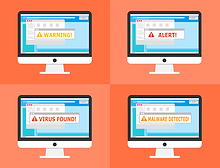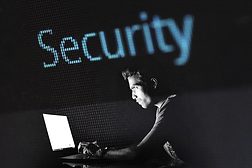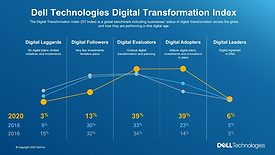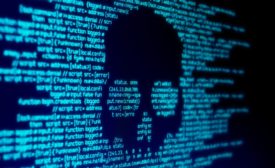Management
Operators used four different DLL side-loading scenarios to install and execute new malware after removing a resident PlugX Backdoor
Read More
Global pandemic accelerates digital transformation according to latest study
Dell Technologies' third biennial Digital Transformation Index details how organizations are accelerating digital transformation projects amidst unprecedented uncertainty; 4,300 business leaders in 18 countries weigh in
November 4, 2020
The future of connected devices
Reflecting on NCSAM: How businesses should be implementing lessons learned from the month in their ongoing cyber strategy
November 4, 2020
Sign-up to receive top management & result-driven techniques in the industry.
Join over 20,000+ industry leaders who receive our premium content.
SIGN UP TODAY!Copyright ©2024. All Rights Reserved BNP Media.
Design, CMS, Hosting & Web Development :: ePublishing











